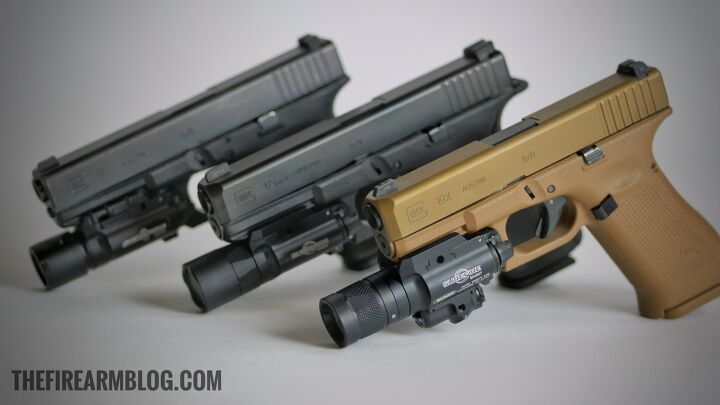Good evening everyone. Thanks for coming back to TFB’s Friday Night Lights Series. A common theme among first-time buyers of high-end night vision gear always seems to revolve around price. Specifically, why is everything so expensive? We touched on this briefly last year in my interview with Todd Huey of Lone Star Boars and what it really comes down to is the ‘economies of scale’. The primary focus of night vision manufacturers is supplying military and government customers with mission-ready gear. A side effect of this sales formula is that the supply for civilian customers is always limited. And since the market won’t support setting up expensive new manufacturing facilities, the limited amount of gear for sale to the general public will be reflected in the retail costs.
Above: Three generations of GLOCKS with three generations of SUREFIRE weapon lights.
The High Price Of Night Vision
Limited supply and increasing demand will help to dictate prices, however, I wouldn’t be quick to call them ‘high’. Are night vision and thermal optics expensive compared to most firearms and optics gear? Yes, but that is like comparing penny candy to upscale restaurant cheese cake – sure they are both sweet, but they aren’t even in the same category (insert Jules Winfield voice here).
On the other hand, the materials and processes that go into making night vision and thermal optics are both complex and costly. Consider Germanium, an element that is difficult to find in large concentrations, that is used to make thermal imaging lenses costs anywhere from $1k-$2,500 per kg (compare that to Silica at $50-$100 per kg). Everything adds up to a costly end product.
Because germanium is transparent in the infrared wavelengths, it is an important infrared optical material that can be readily cut and polished into lenses and windows. It is especially used as the front optic in thermal imaging cameras working in the 8 to 14 micron range for passive thermal imaging and for hot-spot detection in military, mobile night vision, and fire fighting applications.[61] It is used in infrared spectroscopes and other optical equipment that require extremely sensitive infrared detectors. Germanium – Wikipedia
Long story short, while manufacturing processes will continue to advance, the costs of quality night vision gear will likely remain stable for the foreseeable future.
Pulsar XP50 Helion – Review In Process
http://www.pulsar-nv.com/products/thermal-imaging-scopes-helion/thermal-imaging-scope-helion-xp-50/
If you ever wondered what it would be like to have a superpower, Thermal Imaging gets you pretty close to that becoming a reality. And even as a novice user, the Pulsar XP50 Helion stands out to me as an amazing piece of kit. While the below screen captures don’t do the on-screen image justice, I was able to pick out a deer on my property at 2.5x that was a little more than 100 yards away. Zooming in to 10x, the rainbow heat zones were clear and defined, even when the deer was running, with no evidence of visual “trailing” marks. This is most likely due to the Helion’s high 50Hz refresh rate.
I’m heading back into the woods tonight, this time with a tripod for some steady video.
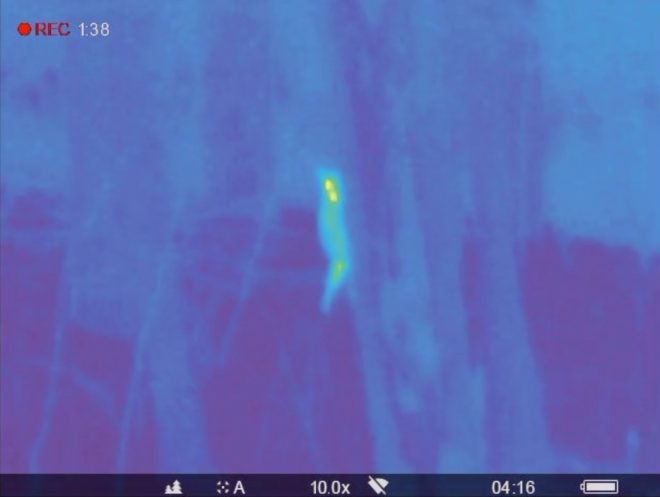
Pulsar XP50 Helion Thermal Imager
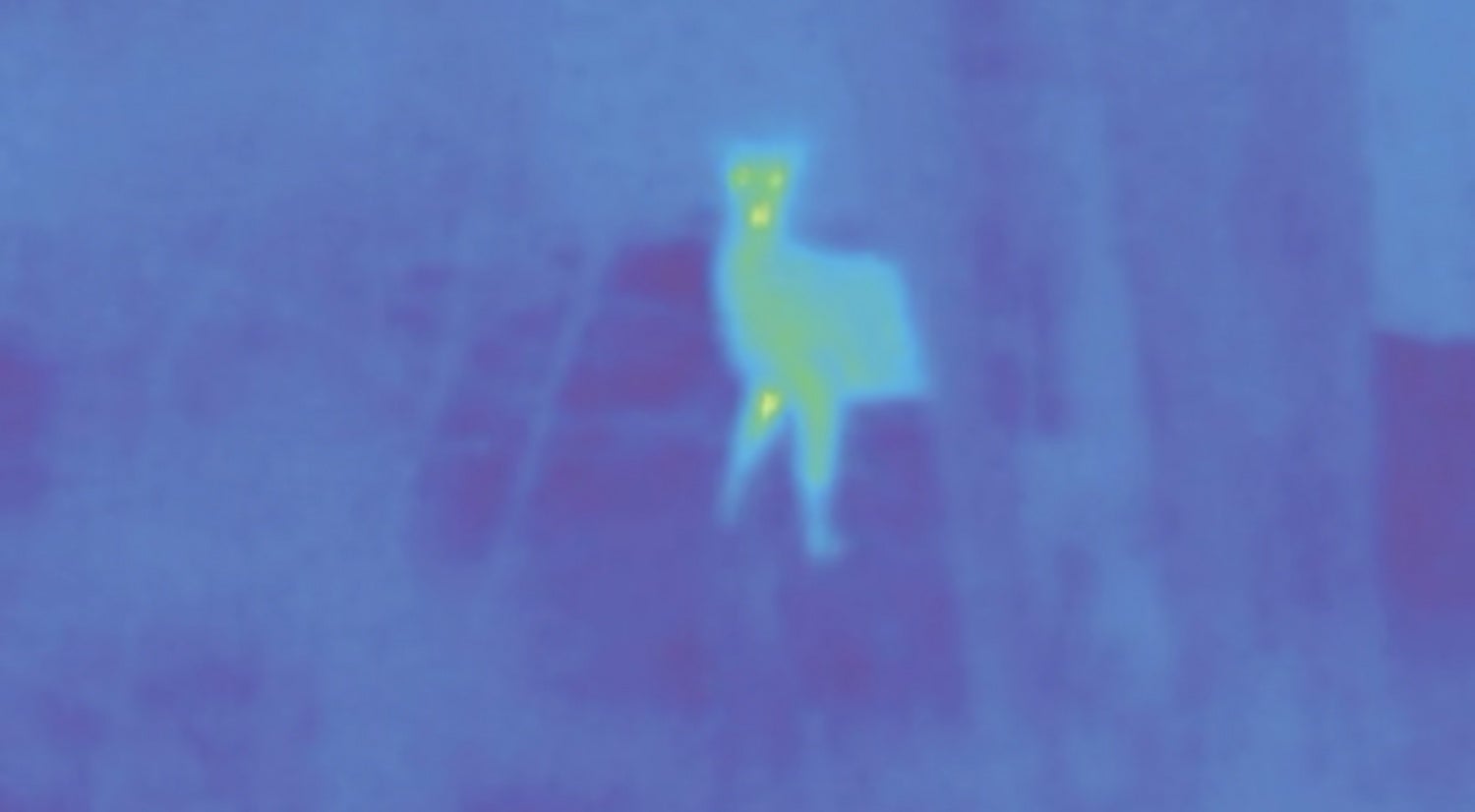
Pulsar XP50 Helion Thermal Imager
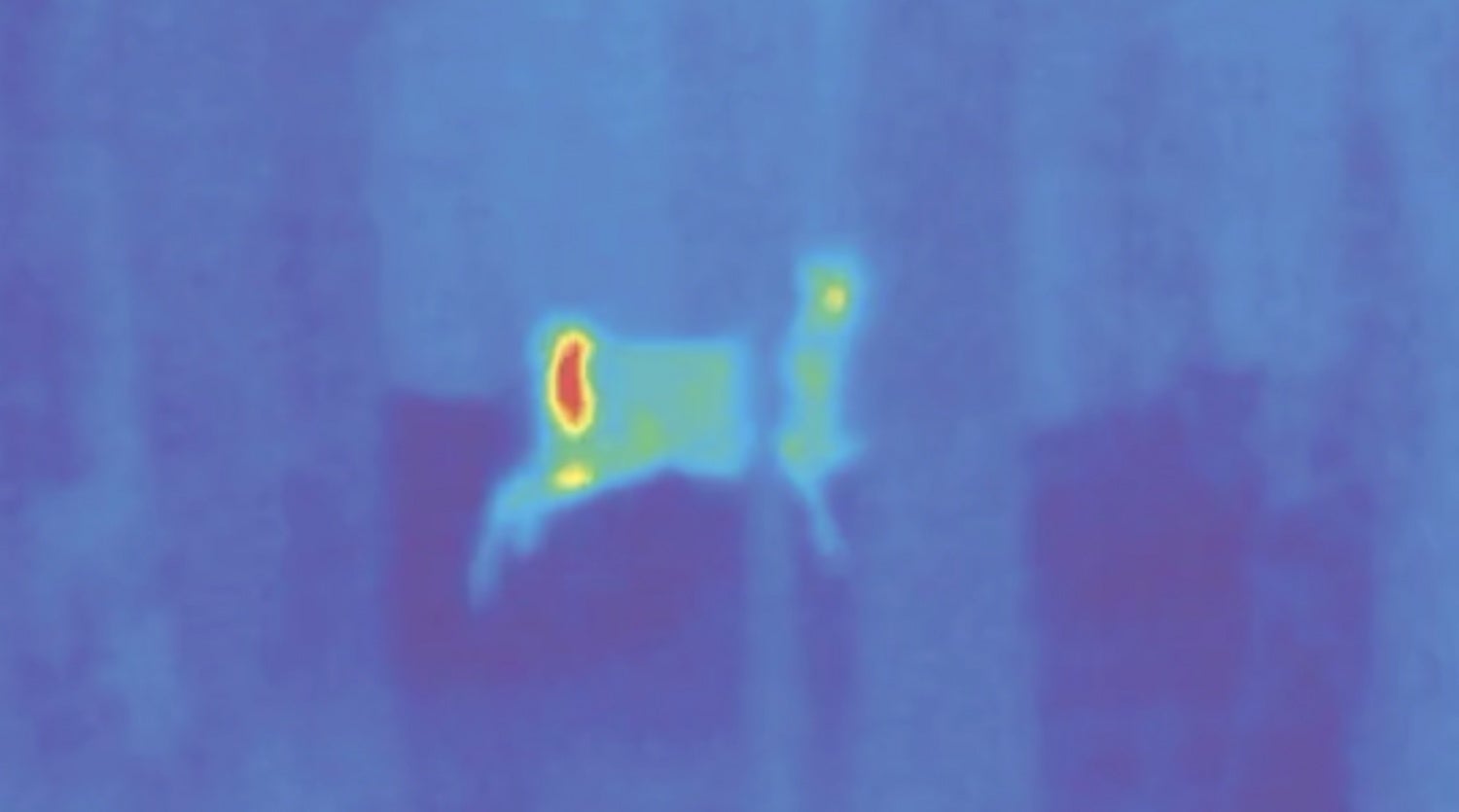
Pulsar XP50 Helion Thermal Imager
Field Notes from Surefire
https://m.youtube.com/channel/UC6YIe2ArdZ_K7ho0XLqgYgQ
Published on Mar 21, 2018
SureFire Field Notes is a multi-segment informational video series with tips and techniques from subject matter experts of all backgrounds. In this episode, Johan Lara of Strat & J Concept discusses the importance of proper low light tactics and how to use darkness as concealment.
Founded by Julien Le Roux, J. Vermeersch and Johan Lara, Strat&J Concept is a French company dedicated to military, law enforcement and private security training. Strat&J Concept’s instructors are former Special Forces and Law enforcement counter terrorist operators, with decades of combined real world experience in hostile environments all around the world and solid backgrounds in training developments.
Military.com: Army Investing in More Night Vision Goggles, Thermal Weapon Sights

The Army recently ordered $97 million worth of the service’s latest Enhanced Night Vision Goggles and carbine-mounted thermal weapon sights in an effort to improve soldier marksmanship at night.
The order is part of a five-year, $434 million contract the Army awarded to BAE Systems in 2015 to produce the ENVG III and the Family of Weapon Sights-Individual.
When used together, the system will dramatically improve how soldiers engage enemies at night, Army officials say. Read more.
Nature: Diamond device paves way for first practical microwave lasers
https://www.nature.com/articles/d41586-018-03430-y
Before lasers, there were masers — the microwave siblings of optical lasers. But whereas lasers are used in many applications from telescopes to medicine, masers have long languished in the shadows, because they work only in super-cool temperatures or in a vacuum. Now, physicists have created a maser that works in regular conditions — using diamond.
Masers, which were conceived in the 1950s, and lasers, which followed in 1960, generate intense beams of highly ordered electromagnetic waves. Masers can be used to amplify tiny traces of radiation with little noise, making them useful for measuring weak signals in astronomy and for communicating with distant missions, such as NASA’s Voyager probes. But these applications usually require cryogenic cooling. In some cases, microwave devices could be more useful than lasers because microwaves can pass through materials than optical light can’t. Read more.
FUTURISM: This Military Device Uses Lasers to Scream, Flash, and Burn Clothes –
https://futurism.com/us-military-dod-lasers-scream-flash-burn-clothes/.
For the U.S. Department of Defense (DoD), killing people isn’t all that complicated. A budget of more than $600 billion per year buys a whole lot of tanks, guns, and bombs.
But not killing someone proves to be a bit more complicated. How about just stunning them a bit from far away? Or maybe setting their clothes on fire without having to look them in the face?
For that, we’ve got the Joint Non-Lethal Weapons Development Program (JNLWD). The program’s purpose: to develop weapons and other devices military personnel can use to incapacitate targets without outright killing them. As explained on the program’s FAQ, the goal of the JNLWD is to fill the gap between “shout and shoot” (truly, we should all be grateful the armed forces acknowledge that such a gap exists). Read more.
The Times Of Isreal: Israeli researchers develop infrared film for smartphones, self-driving cars
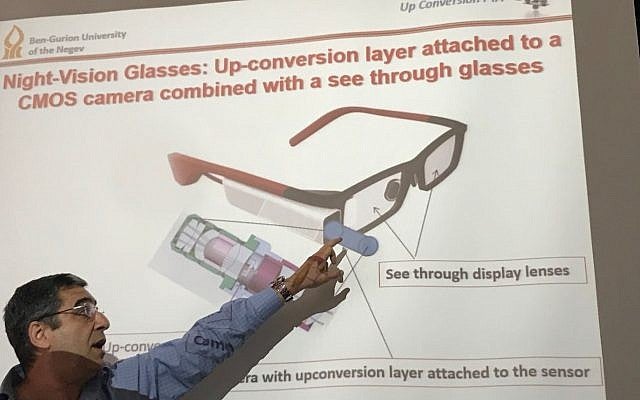
Researchers at Ben-Gurion University of the Negev say they have developed low-cost infrared sensors that can be used to create the world’s thinnest night-vision glasses as well as revolutionize smartphones and self-driving cars.
Prof. Gabby Sarusi, faculty member in the Unit of Electro-Optical Engineering and the Ilse Katz Institute for Nanoscale Science and Technology, has developed a stamp-like device of which one side reads 1,500-nanometer infrared wavelengths, and converts them to images that are visible to the human eye on the other side of the stamp. This stamp — basically a film that is half a micron in thickness — is composed of nano-metric layers, nano-columns and metal foil, which transform infrared images into visible images. Read more.
Firefield Charge XLT Flashlight and Green Laser Sight
http://www.fire-field.com/product-details.php?item=1102


The multi-purpose Charge XLT Flashlight and Green Laser Sight provides shooters with pinpoint accuracy and a way to increase visibility in low-light situations with its 532nm green laser and 220 lumen flashlight. The Charge XLT’s low profile design allows the sight to be mounted in front of optics without getting in the way, while an offset laser helps the Charge clear AR-15 rifles with front sight posts. Quick and easy adjustments are made in the field using hand adjustable turrets. The Charge comes with a pressure pad, allowing shooters to choose between push button or pressure pad operation. A durable thermoplastic housing aids the Charge XLT in resisting cold temperatures and increases performance of the laser. Ideal for tactical situations, home defense and hunting, the green laser found on Charge XLT sights can be seen up to 50 yards during the day and an incredible 600 yards at night. Charge XLT’s include pressure pad and CR123A battery.
 Your Privacy Choices
Your Privacy Choices
